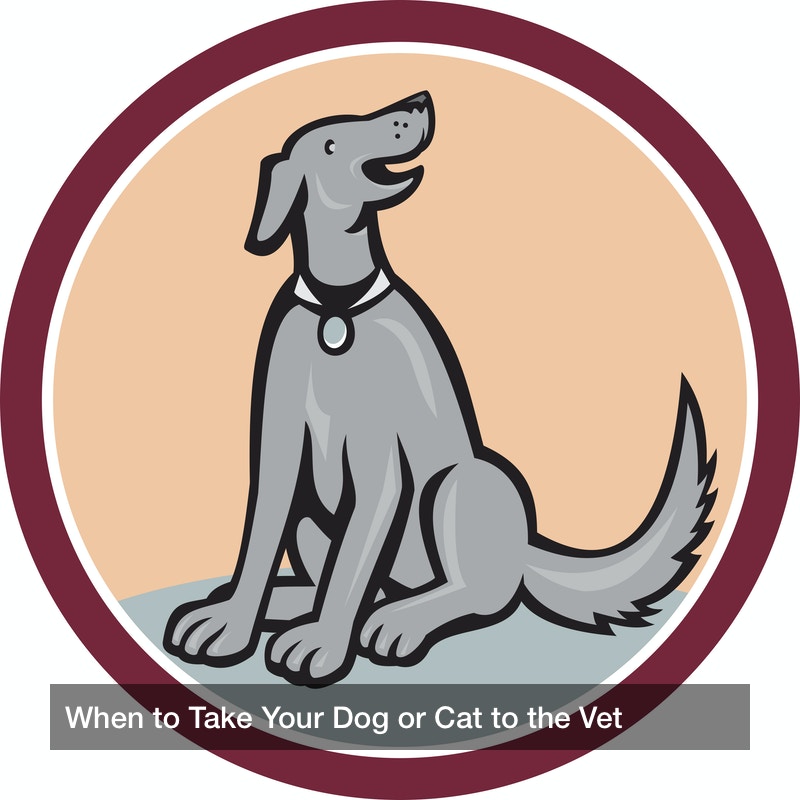
Many American households contain one or more pets, and some species are most popular for animal companionship. Domestic cats are the most popular pet in the United States and among the most popular in the world, and dogs are a close second. These animals were once domesticated for work, such as cats catching harmful mice and rats or dogs serving as guards or hunting companions. Today, pets are largely for companionship, though some dogs actually still work as shepherds or waterfowl catchers when hunting. At any rate, other pets are kept too, such as birds, rabbits, hamsters, fish, lizards, and even tarantulas. These animals may have the proper wire cages, plastic or metal tanks, or back yards to roam in, and many pet supplies and food are available for them. These range from leashes to fur brushes to chew bones to fish food, but if a pet is ill or wounded, the owner mus take it to their local emergency vet options such as a 24 hour animal hospital or other emergency vets in their area. A pet hospital is ideal among emergency vet options, as this is where veterinarians may take care of serious problems such as broken bones or heavy bleeding. Otherwise, more ordinary pet health care may be possible at pet clinics in one’s area.
Emergency Vet Options
A responsible pet owner will do everything they can to take care of their pet, but in some cases, injury or serious illness may occur. What might happen? A dog or cat may get its bones broken due to a fall, getting hit by a car, or a fight against another animal, and should this happen, emergency vet options such as a 24 hour animal hospital must be found at once. A responsible pet owner will find these emergency vet options online if they don’t already know a place, and take their dog or cat there. This may involve very gently putting a hurt pet in a kennel on blankets and driving carefully to avoid further injury. A pet owner may even use makeshift bandages or splints until they get their pet to proper medical attention. These veterinarians may stop heavy bleeding, help a dog or cat that has trouble breathing, set broken bones, and more. In some extreme cases, an amputation will be done to contain an illness or remove serious injury. The good news is that prosthetic limbs and wheelchairs (of a sort) are available for dogs and cats, so an amputation doesn’t have to limit their mobility. Already, many cats and dogs have artificial limbs or partial wheelchairs so that they can walk and move around on their own, despite missing a paw or a limb.
Vet Clinics
For milder cases, such as “kennel cough” among dogs, a pet owner may take their animal to a nearby pet clinic, where veterinarians may diagnose the problem and offer treatment. In other cases, a pet owner will simply take their pet there for routine checkups and receiving anti-flea or parasitic worm medicine to prevent such pests from attacking their pet. This may be done often for a puppy or a kitten, so that the owner may track the pet’s growth and make sure that it grows up healthy.
A dog or cat may sprain or stress a joint or bone, such as if a running dog gets a paw caught in a hole in the ground. In this case, a dog may be start limping and avoid putting stress on the affected limb, so pet owners may notice this and take them to a pet clinic. There, the vet will diagnose the problem and suggest fixes, such as giving the dog ankle wraps or a leg brace to support the limb and prevent further distress. Treatments like this are non-invasive, and allow the dog to maintain its mobility and walk around while its joint or muscles heal naturally. The owner may also get a thickly padded therapeutic pet bed for their dog, which will allow the animal to lay down without distressing the injured limb or joint. These therapeutic dog beds may be found online or at pet shops, and owners may put them in kennels or carrying crates if they need to.
